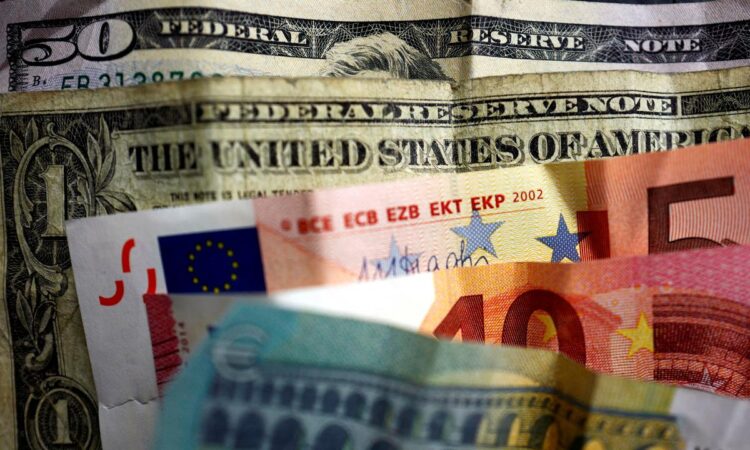
As China, India, and Russia dabble in trade using partner currencies for payment instead of the U.S. dollar, various media are rife with speculation about the demise of the dollar as world reserve currency. How much truth is there to this claim? Not much.
The rise of the dollar
The status of the U.S. dollar as a preferred currency for international trade and as a reserve currency has not been a result of any purposeful policy or an international agreement. The rise of the dollar as the world currency closely aligns with the rise of the U.S. as one of the world’s strongest economies with a deep financial system and a stable government. This is not to say there were no competitors. Starting with the Great Britain Pound to the emergence of the euro as the currency of the European Union, the position of the dollar has been challenged from time to time. However, the dollar seems to continue its dominance uninterrupted.
According to reports from the International Monetary Fund, the dollar’s share of foreign exchange reserves has fallen over time from 80% in the 1970s to about 60% in 2022. The euro has made up for about 20% of the remaining 40% room created by this fall. Smaller currencies such as the Australian and Canadian dollars, Swedish krona, and South Korean won have claimed their share in the portfolios of various countries’ foreign exchange reserves making up most of the remaining gap of 20%, with Chinese currency taking up the rest.
China runs a closed capital account, which explains why it still does not feature as a prominent choice in which to maintain reserves. Most of the Renminbi reserves that are held outside China are by Russia. In fact, both these countries accumulate the currency of the other as foreign exchange reserves. From that point of view, a trading arrangement between China and Russia makes more sense. However, even though India’s biggest supplier of oil is Russia followed by Saudi Arabia and Iraq, its biggest trading partner is still the U.S., according to recent data. Moreover, Russia’s importance as an oil supplier is a result of the deep discounts offered by its oil suppliers to Indian refiners. Such discounts will not be sustainable over the long run. This further casts some doubt on the long-term viability of a common currency or a reciprocal trading arrangement between China, India, and Russia as geopolitical compulsions push India closer to the U.S.
Dollar-denominated assets
Along with general acceptability as a medium of exchange for international trade, the U.S. dollar is also in demand because of demand for dollar-denominated assets worldwide. The debt issued by the U.S. government is bought by many countries across the world as a hedge against currency fluctuations affecting valuation of reserves. U.S. government debt and other dollar-denominated assets also serve as a quality collateral in international transactions. Additionally, many currencies are pegged to the U.S. dollar and a few countries use the dollar as their own currency. This has meant that a huge proportion of U.S. dollars reside outside the U.S. China itself has substantial U.S. dollar reserves earned from its trade with the U.S. over the past three decades, which in turn has fuelled its economic might across the globe. It has used these dollar reserves to fund its strategic investments abroad. All this feeds into the demand for the dollar and strengthens its importance in the international financial system. Any currency competing for the position of the U.S. dollar as international reserve currency will have to provide these additional services as well. That is not a trivial task that can be achieved over a shorter time period.
The fight of countries to substitute the U.S. dollar with their own currency as a world currency is understandable. Being a supplier of international reserve currency confers a distinct advantage on the government issuing it — the ability to borrow at a low interest rate. As U.S. government debt is in high demand worldwide, it gets issued at the lowest interest rate. This relaxes the fiscal constraint substantially, boosting the debt-issuing government’s capacity to borrow more without having to deal with the negative effects of such borrowing on the domestic economy. This phenomenon is often referred to as the dollar premium and is something that many other governments would like to have access to, including that of China and Russia.
Thus, the run of the U.S. dollar as an international reserve currency is far from over. The only serious contender at this point is the euro, which stands second but at quite a distance. The possibility where the Chinese currency or any other common currency could become a serious contender is thin and distant at this point. This not to say that the current system is optimal and should not be improved on. However, to expect that from a common currency between China, India, and Russia or any such reciprocal trading arrangement would be an exaggeration.



